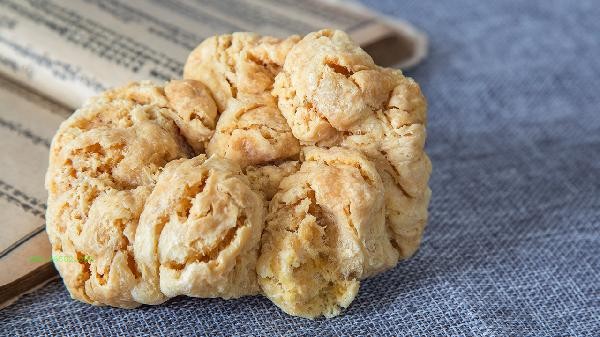Pregnant women who are unable to breastfeed can use methods such as hot compress massage, adjusting breastfeeding posture, using breast pumps, dietary adjustments, and seeking medical treatment to clear the blockage. Breast blockage is often related to factors such as milk stasis, improper breastfeeding methods, tight underwear, emotional stress, and mastitis.

1. Hot compress massage
Apply a warm towel to the hard lump of the breast for 5 minutes, and massage in a circular motion from the base of the breast towards the nipple with fingertips to help soften the accumulated milk. Pay attention to the water temperature not exceeding 40 degrees Celsius to avoid burning the skin. The massage intensity should be gentle and can be repeated 3 times a day.
2. Adjust breastfeeding position
Adopt a cradle or rugby style breastfeeding position to ensure that the baby holds most of the areola. When breastfeeding, gently press the blocked area with your fingers and use the baby's sucking force to help clear it. Feed the blocked breast first and increase the breastfeeding frequency to every 2 hours.
3. Use a breast pump
to select a medical grade electric breast pump. First, use massage mode to stimulate the milk stream, and then switch to suction mode. Before breastfeeding, gently shake the breast to help milk flow, and the duration of unilateral breastfeeding should not exceed 15 minutes. The extracted milk can be stored refrigerated to avoid waste.

4. Dietary Adjustment
Drink 2000 milliliters of warm water daily, and consume appropriate amounts of medicinal formulas such as Tongcao crucian carp soup and boiled water with loofah. supplementing with lecithin can reduce the viscosity of breast milk and avoid excessive intake of oily soup. You can eat fruits such as papaya and figs that promote lactation appropriately.
5. Seek medical treatment
If symptoms such as fever, breast redness, swelling, and pain occur, seek medical attention promptly to rule out mastitis. Doctors may prescribe traditional Chinese patent medicines and simple preparations such as Dandelion Granules and Rupixiao Tablets, and use cephalosporins in serious cases. Absolutely prohibit self squeezing or puncturing breast milk to avoid the spread of infection.

It is recommended to wear non steel ring nursing underwear to avoid compressing the breasts, maintain sufficient sleep, and reduce anxiety. Before and after breastfeeding, clean the nipples with warm water. If cracked nipples are found, apply sheep fat cream. If it persists for 3 days without relief or accompanied by fever, it is necessary to seek medical attention immediately at a breast clinic. Daily practice of breast expansion exercises can promote blood circulation, and pay attention to observing changes in milk color and texture.




Comments (0)
Leave a Comment
No comments yet
Be the first to share your thoughts!